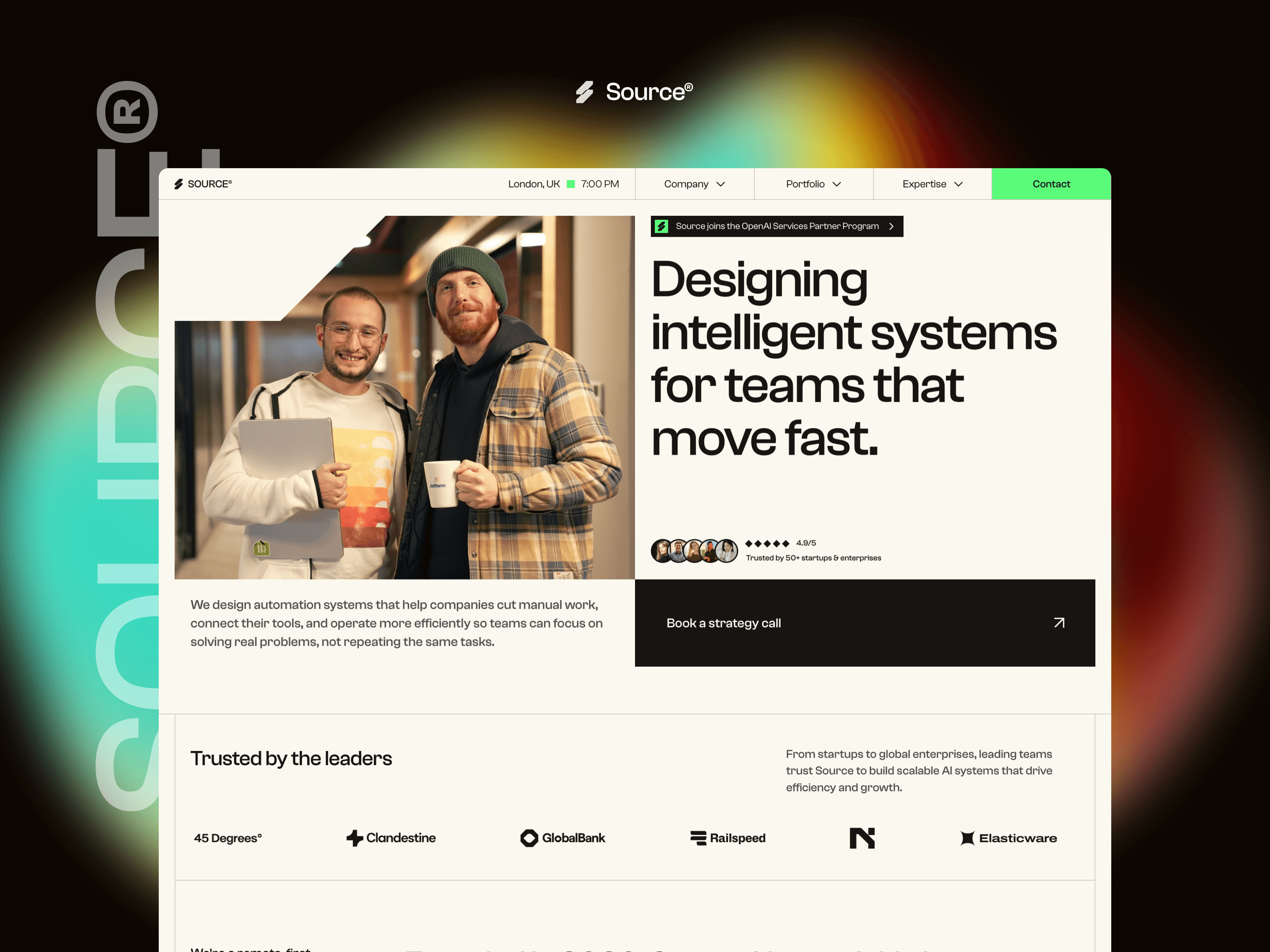Brigding The Gap Between Design & Development

For as long as I’ve been working in digital products, there’s been a recurring theme: designers and developers often speak different languages. Designers dream in color, typography, and user journeys. Developers think in code, performance, and systems. Both roles are essential, but when the gap between them widens, projects slow down, ideas get lost in translation, and the final product rarely matches the original vision.
Bridging that gap isn’t just about better handoff tools or cleaner Figma files. It’s about mindset. When design and development operate in silos, each side defends its own priorities. But when they come together as collaborators, each begins to see the bigger picture. Designers start thinking about scalability and feasibility. Developers begin to understand the value of micro-interactions, spacing, and storytelling. That overlap is where the magic happens.
The rise of no-code platforms and frameworks like Webflow has helped shrink the distance. Designers can prototype with real interactions, giving developers a living blueprint rather than static screens. At the same time, developers can contribute earlier in the design process, flagging potential challenges before they become costly reworks. It’s less about “handing off” and more about “building together.”
Personally, working at the intersection of design and development has shaped how I approach every project. I don’t see design files as the finish line but as a starting point—a hypothesis to test and refine once it lives in code. Likewise, I don’t view development as just execution but as another layer of design: creating systems that feel seamless to users while staying maintainable for teams.
In the end, the goal is simple: create digital experiences that feel effortless. Users don’t care whether the perfect padding came from a designer’s grid or a developer’s CSS—they just notice when something feels right. When design and development stop competing and start collaborating, that’s when digital products reach their full potential.
Bridging the gap isn’t a one-time task. It’s an ongoing practice of empathy, curiosity, and respect for the craft on both sides. And in 2025, as digital experiences become more immersive and complex, that bridge is more essential than ever.
More from my journal
Brigding The Gap Between Design & Development

For as long as I’ve been working in digital products, there’s been a recurring theme: designers and developers often speak different languages. Designers dream in color, typography, and user journeys. Developers think in code, performance, and systems. Both roles are essential, but when the gap between them widens, projects slow down, ideas get lost in translation, and the final product rarely matches the original vision.
Bridging that gap isn’t just about better handoff tools or cleaner Figma files. It’s about mindset. When design and development operate in silos, each side defends its own priorities. But when they come together as collaborators, each begins to see the bigger picture. Designers start thinking about scalability and feasibility. Developers begin to understand the value of micro-interactions, spacing, and storytelling. That overlap is where the magic happens.
The rise of no-code platforms and frameworks like Webflow has helped shrink the distance. Designers can prototype with real interactions, giving developers a living blueprint rather than static screens. At the same time, developers can contribute earlier in the design process, flagging potential challenges before they become costly reworks. It’s less about “handing off” and more about “building together.”
Personally, working at the intersection of design and development has shaped how I approach every project. I don’t see design files as the finish line but as a starting point—a hypothesis to test and refine once it lives in code. Likewise, I don’t view development as just execution but as another layer of design: creating systems that feel seamless to users while staying maintainable for teams.
In the end, the goal is simple: create digital experiences that feel effortless. Users don’t care whether the perfect padding came from a designer’s grid or a developer’s CSS—they just notice when something feels right. When design and development stop competing and start collaborating, that’s when digital products reach their full potential.
Bridging the gap isn’t a one-time task. It’s an ongoing practice of empathy, curiosity, and respect for the craft on both sides. And in 2025, as digital experiences become more immersive and complex, that bridge is more essential than ever.


